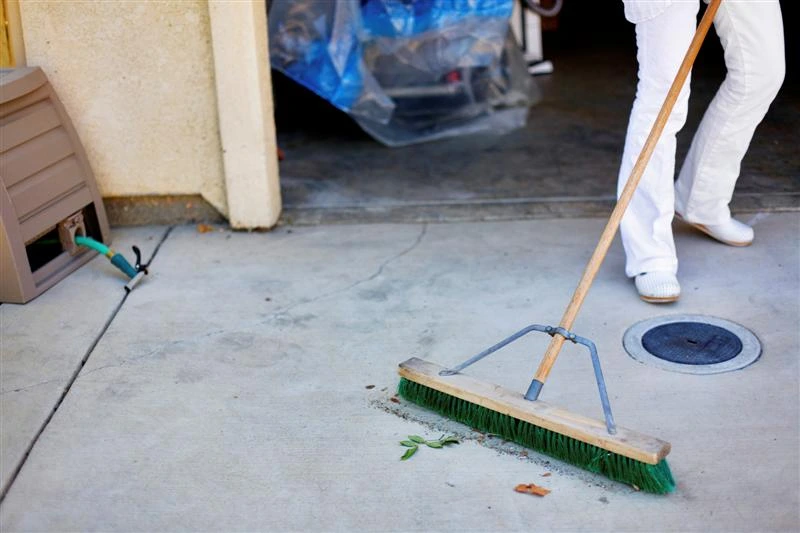Water is one of Earth’s most vital and vulnerable resources. Yet, in many parts of the world, it’s taken for granted. As droughts worsen and clean water becomes scarcer, conserving water at home is no longer optional—it’s essential.
By adopting eco-friendly water conservation practices, you can reduce your environmental impact, cut utility costs, and support a healthier planet.
“We forget that the water cycle and the life cycle are one.” – Jacques Yves Cousteau
Let’s explore 10 simple, intentional, and eco-conscious ways to save water—starting today.
What Makes Water Conservation “Eco-Friendly”?
Eco-friendly water conservation means:
- Reducing water waste
- Avoiding harmful chemicals
- Using natural systems like rain harvesting
- Choosing green products that minimize consumption
These habits align with broader sustainable living goals like energy efficiency, waste reduction, and reduced carbon emissions.
10 Eco-Friendly Water Conservation Tips for Every Home
Let’s dive into 10 practical, low-waste, and impactful strategies you can start implementing at home:
1. Fix Leaks Promptly
Intent keywords: save water at home, reduce household water waste
Even a small drip from a leaky faucet can waste up to 3,000 gallons a year. Leaky toilets are even worse.
What to do:
- Check under sinks and around appliances regularly.
- Use food coloring to test toilet leaks (if color appears in the bowl without flushing—it’s leaking).
Eco-impact: Reduces unnecessary water waste from unnoticed sources.
2. Install Low-Flow Fixtures
Why it matters: Traditional faucets and showerheads use far more water than necessary.
Swap for:
- Low-flow showerheads
- Aerated faucets
- Dual-flush or low-flow toilets
These upgrades can reduce water use by 30–50%, and many are available at eco-conscious retailers like EarthHero.
3. Collect Rainwater for Outdoor Use
Rain is a free and renewable water source, perfect for gardening or even washing your car.
Set up:
- Rain barrels under downspouts
- Gutter diverters to store runoff
- Filter systems if using indoors (with proper treatment)
“When you save water, every drop counts—and so does every dollar.”
4. Switch to Native, Drought-Resistant Landscaping
Keywords: eco-friendly gardening, xeriscaping, sustainable landscaping
Your yard can be a major water drain. Instead of thirsty lawns, consider:
- Drought-tolerant native plants
- Mulch to retain moisture
- Drip irrigation systems for targeted watering
Example: Lavender, sage, and succulents thrive in dry climates and require minimal watering.
5. Use a Broom Instead of a Hose
Cleaning your driveway or sidewalk? Skip the hose.
Why this matters: A garden hose uses about 10 gallons per minute. Sweeping is just as effective and wastes zero water.

6. Turn Off the Tap When Not in Use
It sounds simple, but this small habit saves up to 8 gallons per day per person.
Examples:
- Turn off water while brushing teeth
- Use a bowl of water for rinsing produce
- Fill sinks partially rather than letting water run
“Small acts, when multiplied by millions of people, can transform the world.” – Howard Zinn
7. Run Full Loads Only (Dishwasher & Washing Machine)
Half-loads waste water and energy. Wait until you have a full load to run your:
- Dishwasher
- Laundry machine
Bonus tip: Choose an Energy Star-certified appliance that uses less water and power per cycle.
8. Use Greywater Systems
What is greywater?
It’s gently used water from:
- Showers
- Bathroom sinks
- Laundry machines
How to use it:
With a basic system, you can redirect greywater to water your garden or flush toilets.
Note: Check local regulations before installing.
9. Install Faucet Timers or Smart Devices
Tech can help! There are many smart water-saving gadgets that:
- Track water usage
- Detect leaks
- Shut off taps after preset durations
Smart brands to explore:
- Flume Water Monitor
- Rachio Smart Irrigation
- Moen Flo Leak Detector
10. Switch to Eco-Friendly Car Wash Methods
Traditional car washes can waste 100+ gallons per wash. Instead:
- Use waterless car wash products
- Wash using a bucket and sponge, not a hose
- Choose eco-certified commercial car washes that recycle water
Comparison Table: Eco-Friendly vs. Wasteful Practices
| Task | Wasteful Practice | Eco-Friendly Swap |
|---|---|---|
| Brushing teeth | Tap running continuously | Turn off tap while brushing |
| Outdoor cleaning | Hose | Use a broom |
| Lawn watering | Sprinkler midday | Drip irrigation at dawn/dusk |
| Car washing | Hose, driveway | Bucket or eco-certified car wash |
| Gardening | Exotic plants | Native, drought-resistant plants |
Real-Life Example: The Green Family’s Water-Saving Routine
Meet the Green family from Oregon. After installing:
- Low-flow showerheads
- A greywater system
- Native landscaping
…they cut their monthly water usage by 40% and saved $300 annually.
Their advice? “Start small. Each drop saved adds up!”
Why This Matters: Water and the Planet
Saving water isn’t just about personal savings. It contributes to:
- Reducing pressure on water treatment systems
- Preserving freshwater ecosystems
- Preventing soil erosion and habitat loss
“Thousands have lived without love, not one without water.” – W.H. Auden
Conclusion
Eco-friendly water conservation is about awareness, action, and habits. The changes don’t have to be drastic. From rain barrels to shorter showers, every conscious decision matters.
When you treat water as the precious resource it is, your home becomes a hub of sustainability—and inspiration.
So start today. Save water. Save the Earth.
Read More: Zero-Waste Interior Design: Decorate Without the Guilt
FAQS
What’s the most effective way to save water at home?Fixing leaks and installing low-flow fixtures provide the biggest immediate impact.
Are greywater systems safe to use?Yes, if installed properly and used for non-potable purposes like irrigation. Always check local regulations.
Can conserving water really make a difference globally?Absolutely. Collective small changes reduce demand, preserve ecosystems, and influence policy and innovation.


